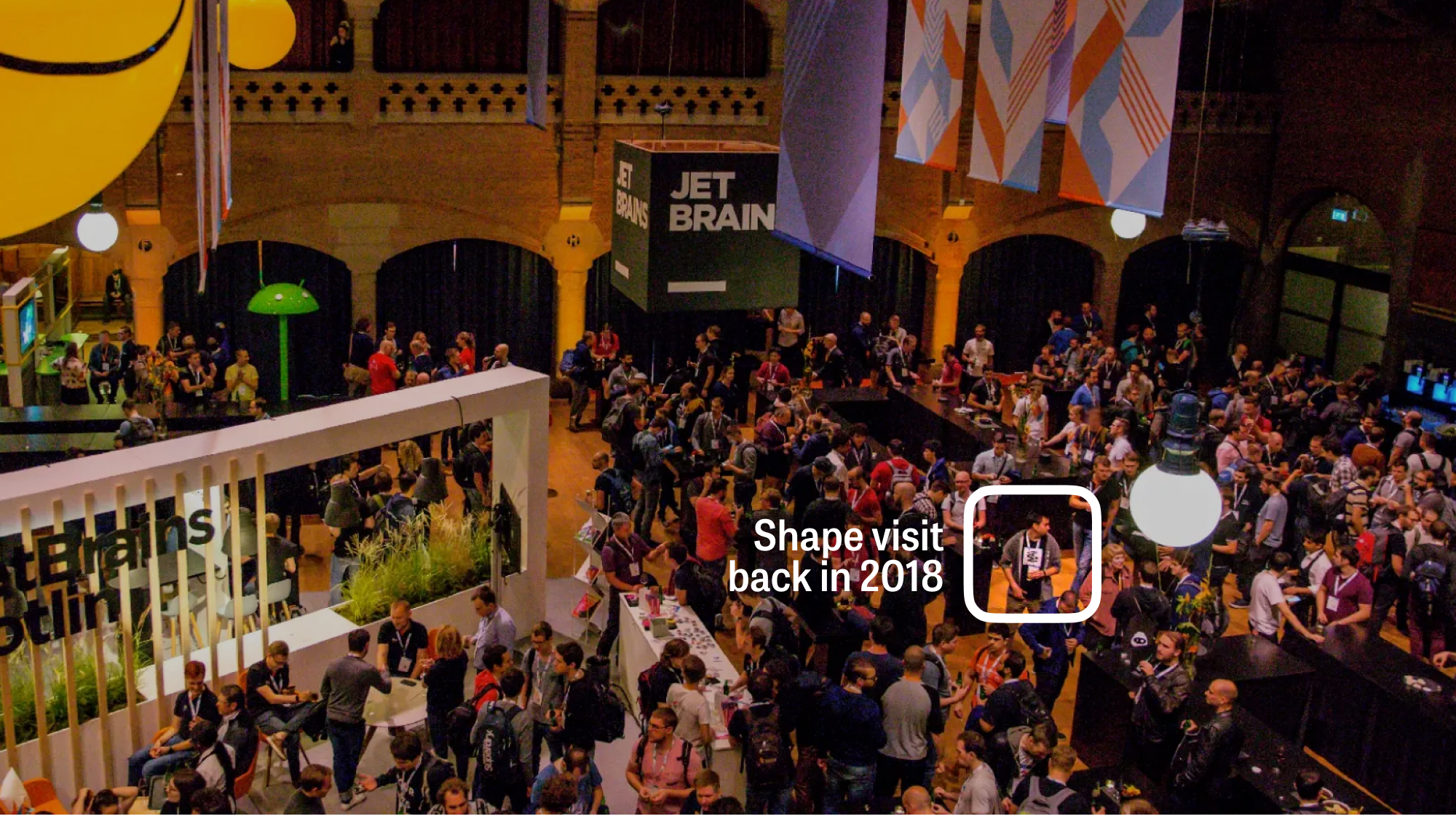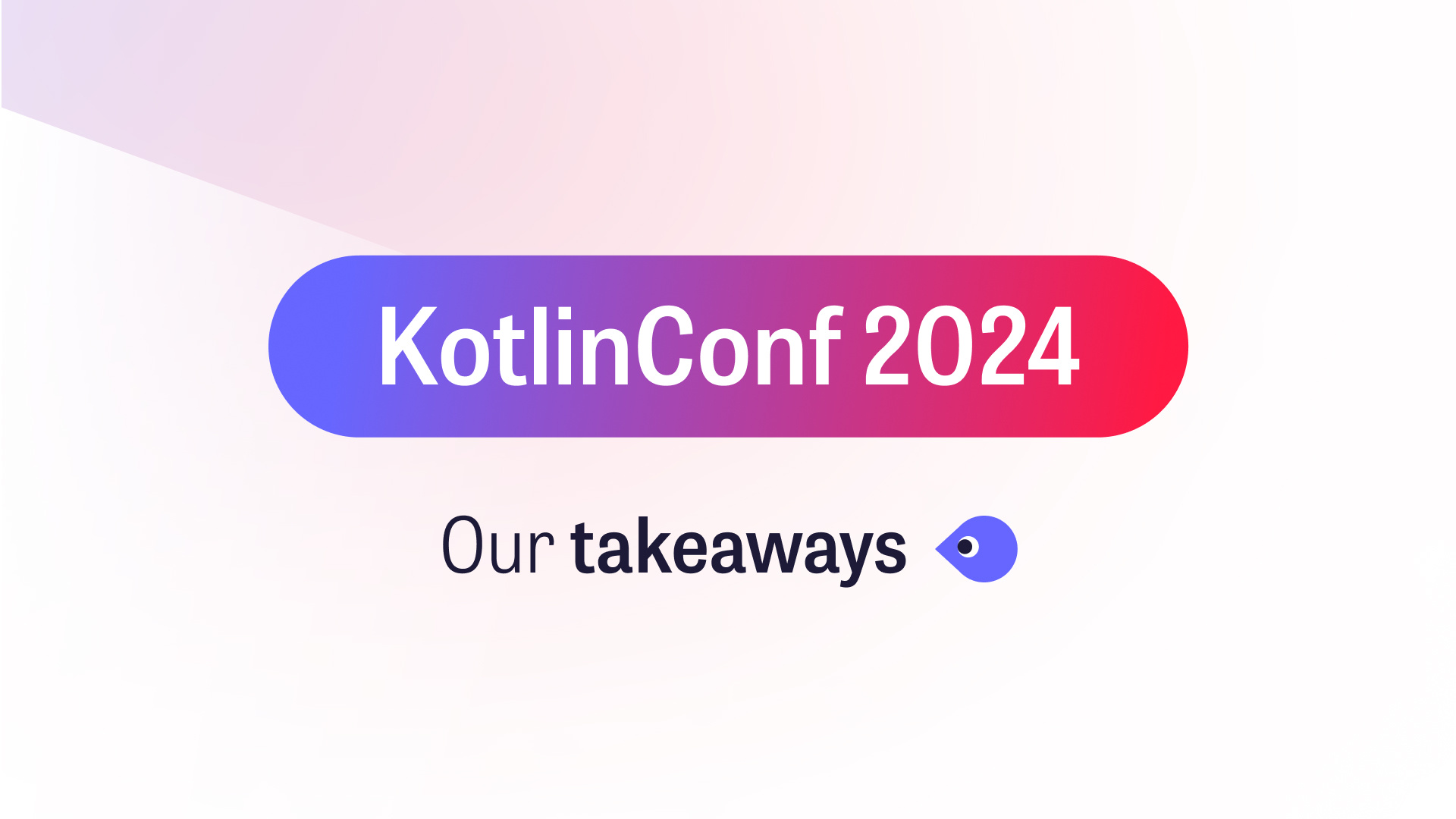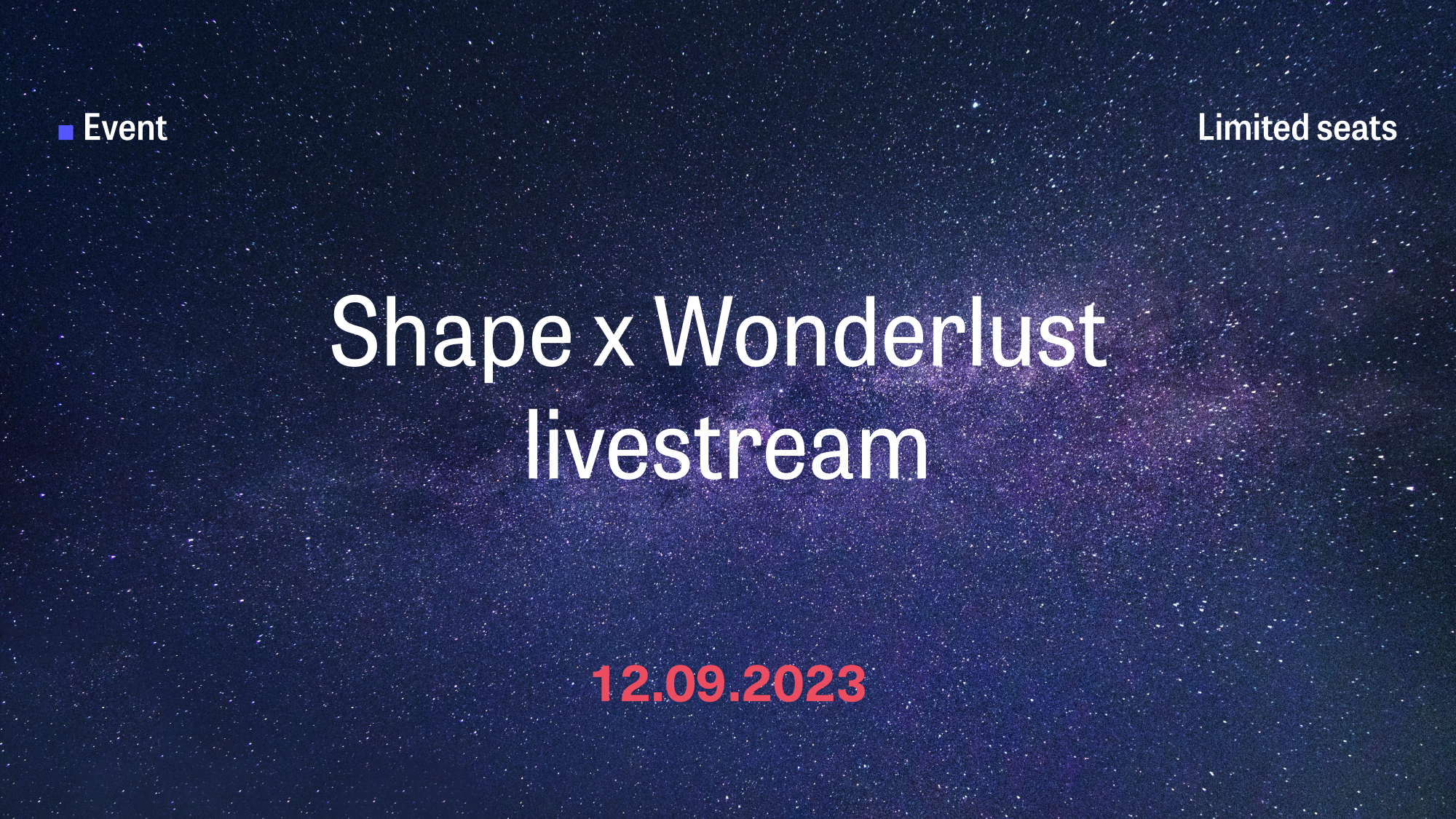
It’s been more than 3 years since the last KotlinConf in Copenhagen. We at Shape attended the second KotlinConf in Amsterdam, and of course the third one in our home city. Unfortunately, we missed out on attending this year’s conference since it became so popular, and therefore tickets got sold out very early on. But fear not, while we may be missing out on some of the fun in Amsterdam, we’re certainly not missing out on all the talks available online, or the keynote, which we watched together during the KotlinConf Global event we hosted here at our office. Here are some of my takeaways from the keynote.
A decaf keynote
The KotlinConf keynote has never been about big technical announcements, but more about which direction the language, frameworks, and community are moving. Unlike Google IO and WWDC – where big announcements are made, and developers get new toys to play with on the same day – this keynote’s focused more on showing what the future could look like, and it left us waiting for the day we can use all those new language features Roman Elizarov talked about on stage. Although, we will have to wait for that until the Kotlin 2.0 release, which should be right at the end of this year, according to the 6-month Kotlin release cadence they announced some time ago, and their earlier promise that there will be no 1.10 release.
.png?width=5120&height=2880&name=image%20(1).png) Source: Kotlin by JetBrains YouTube
Source: Kotlin by JetBrains YouTube
In our stream event, “Explicit fields” was the feature that broke the silence in the room, as it hit very close to home for our Android developers. (Nothing says developer conference like people being excited about writing 2 lines of code instead of 4 😃). Some were happy to hear that Kotlin DSL is the new default for Gradle build scripts. But people got even more excited about the new Kotlin Notebooks, a tool similar to the well known Jupyter notebook that allows you to quickly and interactively explore and visualise datasets. The demo shown on stage was very impressive, at least for us mobile developers outside of the data science domain, and it was probably the high point of the keynote for most.
Kotlin for everyone
We also expected a big push for the Kotlin Multiplatform this year, specially keeping an eye on anything related to iOS development. We were happy to hear that a stable release of the Kotlin Multiplatform will be available before the end of the year. But we’re not waiting until then to try it out. We’re actually already exploring how the Kotlin Multiplatform Mobile can help us build better and faster, and we hope to share more about this with you in the near future.
 Source: Kotlin by JetBrains YouTube
Source: Kotlin by JetBrains YouTube
On top of that, it looks like JetBrains is pushing to get Compose UI to a lot more platforms than Google’s Android. They already have support for Desktop apps running in the JVM, but they are working towards supporting Compose UI for iOS and web development. Personally, I’m skeptical of the success of Compose in the latter platforms, considering Apple’s tight grip of the iOS ecosystem, and the already very crowded space of web development. But it opens more doors to those used to coding with Kotlin and Compose, and that’s only a good thing.
Much more to dive into
At the time of writing, KotlinConf is still going on, and the different talks and sessions are being live-streamed online for everyone to follow. While we’ll have a lot of interesting content to go through in the coming days we’ve already seen some exciting new developments. If you are also interested in Kotlin development for either mobile or backend – and you have time between one KotlinConf session and the next – be sure to check out our careers page.
Happy coding!



